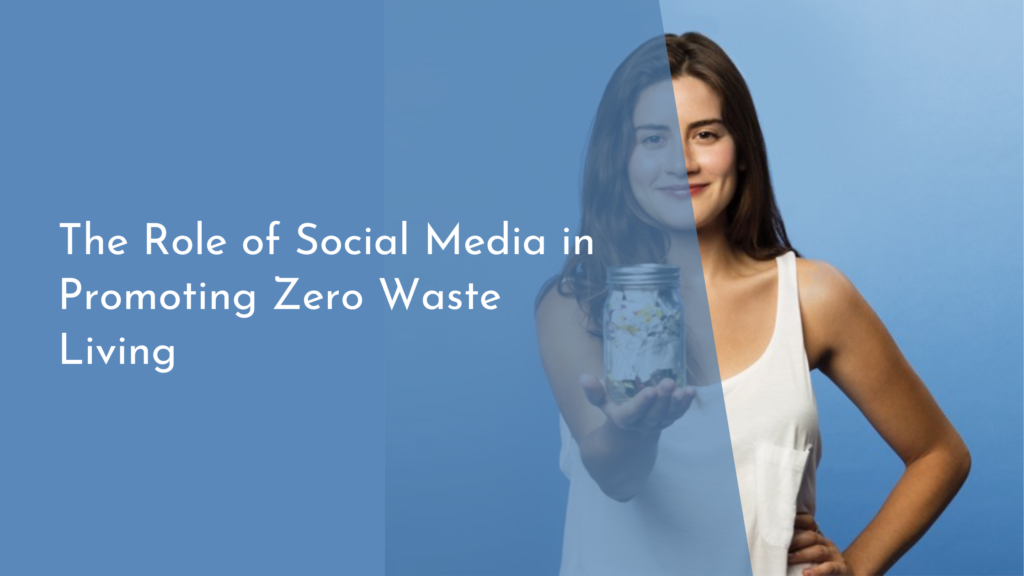Biodegradable replacements for traditional cable insulations
In an era where environmental sustainability is more critical than ever, industries are actively seeking alternatives to traditional materials that contribute to pollution and waste. One area that has seen innovative developments is cable insulation, which traditionally relies on non-biodegradable materials like PVC and polyethylene. These materials can take centuries to decompose, leaving behind a significant ecological footprint. In response, researchers and manufacturers are turning their attention to biodegradable options that not only meet performance standards but also align with global sustainability goals. This article delves into these eco-friendly alternatives, illustrating their benefits, options available, and their positive impact on our planet.
Exploring Eco-Friendly Alternatives to Cable Insulations
The push for biodegradable replacements for traditional cable insulations is gaining momentum as awareness regarding plastic pollution and its detrimental effects grows. Traditional materials, while effective in electrical insulation, are notorious for their long-lasting impact on landfills and ecosystems. Biodegradable insulations, on the other hand, are crafted from natural materials that decompose over time, reducing their environmental impact significantly. Innovations in biopolymers, such as those derived from corn starch, soy protein, and other renewable resources, are leading the charge in creating sustainable alternatives that offer both functionality and eco-friendliness.
Companies and researchers are continuously exploring various formulations and blends to optimize the performance of biodegradable insulations. These materials not only provide adequate protection against electrical hazards but also withstand environmental conditions, including moisture and temperature variations. As the demand for greener solutions rises, the market is witnessing an influx of products that combine reliability with sustainability, making it easier for consumers and companies to make eco-conscious choices without sacrificing quality.
The Benefits of Choosing Biodegradable Materials
Opting for biodegradable cable insulation carries numerous benefits for both the environment and the end user. Firstly, these materials contribute to a significant reduction in plastic waste, as they are designed to break down naturally in soil or composting environments. This transition can lead to a healthier ecosystem by minimizing the pollution that often accompanies the production and disposal of traditional materials. Additionally, many biodegradable options are derived from renewable resources, which can help decrease our dependency on fossil fuels and promote a more sustainable supply chain.
Moreover, choosing biodegradable cable insulation can enhance a company’s corporate social responsibility (CSR) profile. Businesses that invest in eco-friendly solutions often appeal to environmentally conscious consumers, thereby bolstering their market presence. Companies committed to sustainability may also benefit from potential regulatory advantages, as governments around the world are increasingly implementing stricter environmental laws aimed at reducing plastic use. Ultimately, the move towards biodegradable materials is not just about environmental impact; it’s also about fostering a culture of responsibility and awareness in industries worldwide.
Top Biodegradable Insulation Options for Electric Cables
As awareness of biodegradable materials grows, several innovative options have emerged in the market, each with its unique properties and advantages. One leading alternative is polylactic acid (PLA), a corn-based biopolymer known for its excellent insulating properties and high-temperature resistance. PLA is not only effective for cable insulation but is also compostable, making it an attractive choice for environmentally conscious manufacturers. Another promising option is polyhydroxyalkanoates (PHA), which are produced by microorganisms and offer similar functional benefits while being more versatile in various applications.
Additionally, cellulose-based insulations and composite materials made from hemp or other natural fibers are capturing attention due to their lightweight and biodegradable qualities. These materials provide adequate protection while minimizing their ecological footprint. As research continues to advance, manufacturers are likely to develop even more efficient and effective biodegradable insulation options, paving the way for a greener future in the electrical industry.
How Biodegradable Insulations Help Our Planet Thrive!
The introduction of biodegradable cable insulations serves as a crucial step toward fostering a healthier planet. By reducing reliance on non-biodegradable materials, we can significantly decrease the volume of waste that ends up in landfills and oceans, thereby protecting wildlife and natural habitats from harmful plastic pollution. Moreover, as these materials decompose, they contribute valuable nutrients back into the soil, promoting healthier ecosystems and aiding in plant growth. This circular approach aligns with the principles of sustainability and reinforces the importance of responsible resource management.
Furthermore, the adoption of biodegradable insulation materials can stimulate innovation in other sectors, encouraging companies to pursue sustainability in their operations. As environmental concerns take center stage in global discussions, businesses that prioritize eco-friendly practices can inspire others to follow suit. This collective effort not only enhances the health of our planet but also cultivates a sense of community focused on stewardship and care for the Earth, ensuring a thriving environment for future generations.
In conclusion, the shift towards biodegradable replacements for traditional cable insulations represents a significant opportunity to mitigate environmental damage while still meeting the demand for effective electrical products. With numerous benefits, including reduced waste, enhanced corporate responsibility, and the potential for innovation across industries, these eco-friendly alternatives are not just a trend—they’re a vital part of our sustainability journey. As we continue to explore and embrace these biodegradable options, we take meaningful steps toward a cleaner, greener, and more sustainable future for our planet. Let’s celebrate these advancements and inspire others to make environmentally conscious choices!

